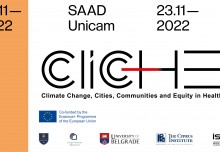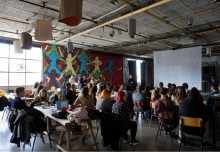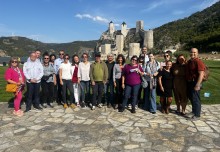Research and Systematization of Housing Development in Serbia in the Context of Globalization and European Integrations for the Purpose of Improving Housing Quality and Standards
TR 36034, Ministry of Education, Science and Technological Development RS, 2011-2014
In this project, the focus is on studying transformations in housing architecture in Serbia in the context of globalization and European integrations. The comprehensiveness of this research is based on an analysis of existing housing stock from different spatial aspects, from the perspectives of related scientific discourses: architectural, town planning, technological and historical. The actuality of the research assumes the fact that traditionally accepted concept of residential unit and morphological properties of residential block of the existing housing stock in Serbia no longer meet the needs of modern users. The research is aimed at determining the casual links between functional and spatial structure of housing buildings, technological, historical and social changes, as well as culture of habitation, having in mind that this research is disciplinary and strategically aimed at planning and design practices.
Accordingly, in environmental conditions with undefined parameters for comfort and standard of living, not adjusted to modern life, European standards and market needs, without diversity of housing models, there is a distinctive need for new development, morphological and typological models of housing blocks and individual units. In order to directly apply the research results in the planning and design practice, the focus is on exploring the possibilities to operationalize the concept through a set of applicable models and parameters relevant for strategic planning and design of housing buildings.
This project is being implemented in partnership with the Faculty of Architecture and Civil Engineering, University of Nis; and with the participation of Urban Planning Institute of Belgrade.
University of Belgrade – Faculty of Architecture, Project Leader: dr Vladimir Mako







